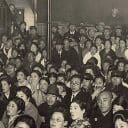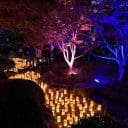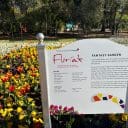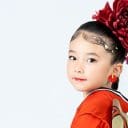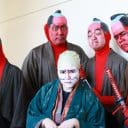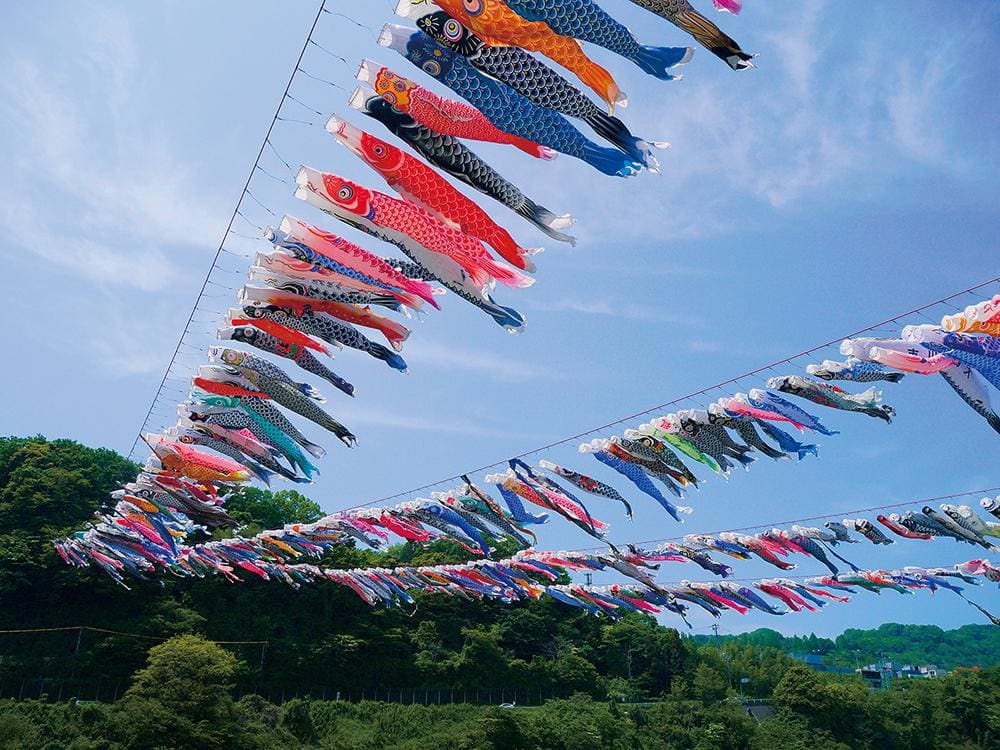
Boys’ Day
If Hinamatsuri(雛祭り) is an annual event to celebrate and pray for the health and prosperity of girls, do boys have a designated day? The 5th of May is the day for boys called Tango-no-sekku, now also called Kodomo-no-hi(子どもの日), Children’s Day. Tango(端午) is another transition phase of seasons when Japanese iris or sweet-flag, Shōbu(菖蒲), are in full bloom. Another way to call it is Shōbu-no-sekku(菖蒲の節句), iris season.
History
In the ancient Yin-Yang philosophy, odd numbers were considered to be Yang, positive. However, when an odd-numbered day coincides with the same odd-numbered month, it was feared to be “a strong Yin, negative day” and people needed to purify themselves and make an offering to God. When this ritual was introduced to Japan in the Nara(奈良) period (710-794), nobles treated Japanese iris and other medicinal plants as a talisman to protect themselves against evils. Since the Edo(江戸) period (1600-1867), Bushi(武士), the samurai class started to celebrate Boy’s Day. Japanese iris was chosen, because Shōbu(菖蒲) is the homonym of Shōbu(尚武) which means martial spirit. In addition, the shape of Japanese iris leaves resembles swords.
Musha-ningyō – Warrior figures(武者人形)
From the Edo period, as it coincided with the season to clean various items for battle such as the Kabuto(兜) helmet, Yoroi(鎧) armour and Gusoku(具足) foot protector, people displayed a miniature warrior figure with these items, a miniature sword, and a bow with some arrows. Although hardly any battles occurred in the Edo period, parents were hoping their sons would grow up to become strong warriors. Nowadays, simpler and smaller types of Musha-ningyō are more common. Figures from anime and manga are gradually replacing the traditional samurai figures.
Koi-nobori(鯉幟)
Another distinct feature of Tango-no-sekku is Koi-nobori, meaning “Carp Streamer”. Originally, a mere Fukinagashi(吹流し), a wind vane or sock to gauge wind in the battle was hoisted up, but later on colourful figures of carp became customary. There was a legend that a carp that succeeds in climbing a waterfall would become a dragon and so boys, too, were expected to transform into legendary figures. Nowadays, the carp streamers have become a ritual seen throughout Japan.
Food at Tango-no-sekku
Kashiwa-mochi(柏餅), a rice cake wrapped in an oak leaf, is a popular snack at Tango-no-sekku. Oak leaves don’t fall off until new buds come out, so it is believed that the Kashiwa-mochi lead to the prosperity of descendants. Another well-known snack is Chimaki(粽), a steamed sweetened rice cake wrapped in bamboo leaves.
Author
Written by Shunichi Ikeda (Visiting Fellow, College of Asia and the Pacific, The Australian National University)
Proof-reader: Junta Ikeda

